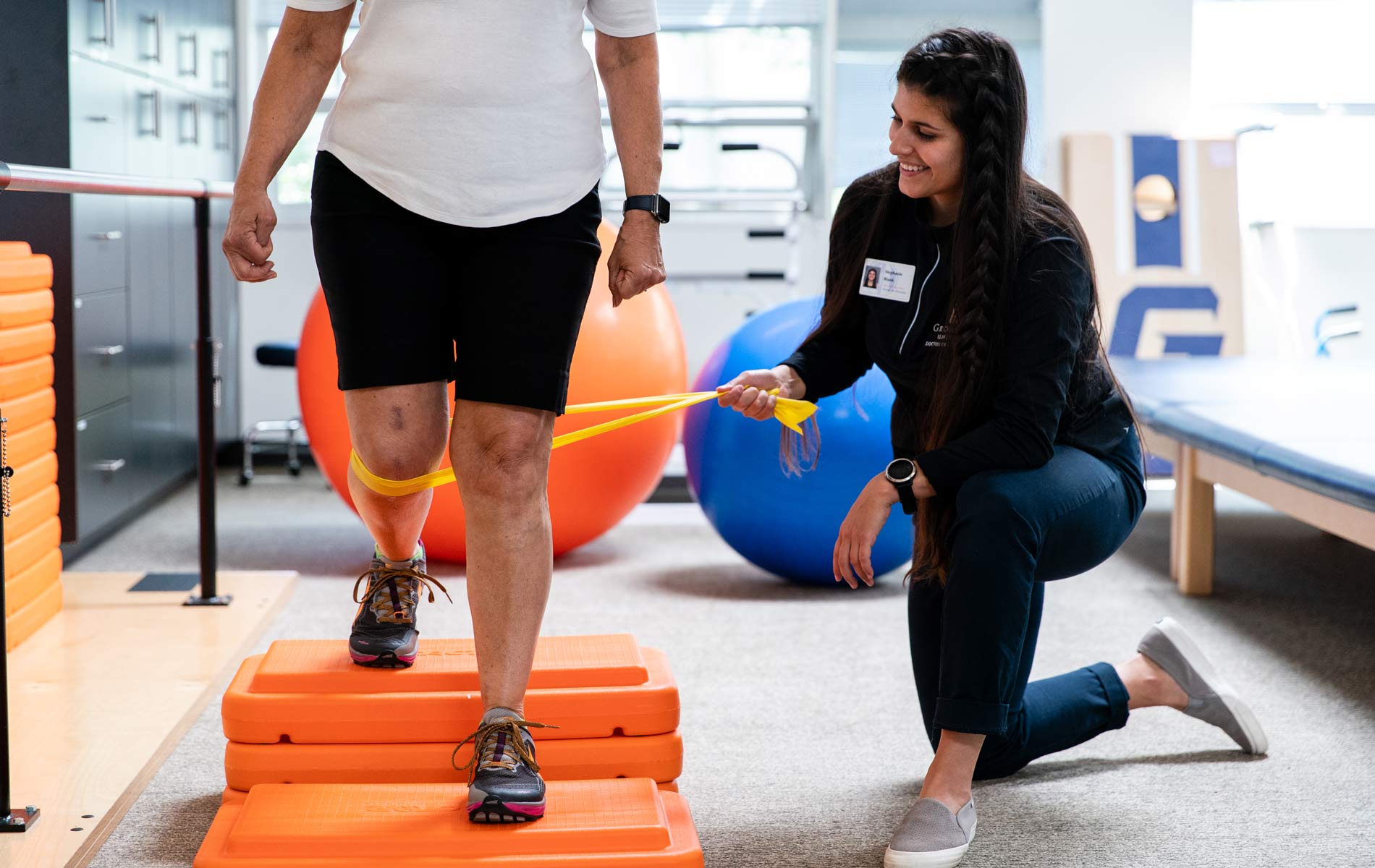Investigating the Diverse Methods of Physical Therapy for Improved Recovery and Rehabilitation
Investigating the Diverse Methods of Physical Therapy for Improved Recovery and Rehabilitation
Blog Article
Physiological rehabilitation is an important field that helps individuals recover from injuries, operations, and multiple medical issues. It entails a range of techniques aimed to enhance mobility, reduce pain, and enhance general bodily capability. Physiotherapy practitioners are qualified experts who evaluate each client’s requirements and develop customized care plans. These programs often consist of exercises, manual therapy, and education about body movements. By employing these diverse approaches, physiotherapy can substantially improve a patient’s quality of life.
One common method used in physiotherapy is therapeutic exercise. This includes specific actions and activities that help build muscle strength, improve range of motion, and increase stamina. For instance, a client recovering from knee surgery may perform exercises that focus on restoring power in the lower limb muscle groups. These exercises are meticulously selected based on the patient’s status and goals. By incrementally boosting the intensity and challenges of the activities, physical therapists can assist clients recover their power and movement over time.
Another important technique is hands-on treatment, which comprises physical methods to adjust the body’s soft muscles and joints. This can entail stretching, mobilization, and manipulation. Hands-on therapy seeks to relieve pain, minimize swelling, and enhance circulation. For example, a practitioner may apply light force to ease stress in tight muscle groups or to help a articulation move more freely. This technique is often combined with other therapies to improve recovery and encourage healing. Clients often find manual treatment to be a relaxing and beneficial way to control their discomfort.
In furthermore to workouts and manual treatment, education plays a vital role in physiotherapy. Practitioners instruct patients about their issues and how to handle them efficiently. This may include advice on correct posture, physical mechanics, and strategies to avoid future injuries. For instance, a therapist might show a patient how to raise heavy items safely to avoid injuring their spine. By empowering clients with knowledge, physiotherapy therapists assist them take an engaged role in their rehabilitation and encourage long-term health and well-being.
Ultimately, technology is increasingly being incorporated into physical methods. Devices such as ultrasound, electrotherapy impulses, and immersive reality can improve traditional treatment approaches. These technologies can assist reduce discomfort, encourage healing, and offer interactive ways for clients to participate in their rehabilitation. For example, virtual environments can click to read more create engaging settings for patients to rehearse actions in a safe plus secure setting. As advancements continues to evolve, it offers promising possibilities for enhancing rehabilitation outcomes in physiotherapy.
In conclusion, physiotherapy includes a variety of methods that function together to assist rehabilitation and healing. Through rehabilitative activities, manual therapy, client instruction, and the use of technological tools, physical therapists provide holistic care customized to each individual’s needs. This comprehensive approach not only helps clients regain their physical abilities but also empowers them to maintain their health in the long-term future. As more individuals acknowledge the benefits of physical, it remains to play a vital role in the pathway toward enhanced health and well-being.